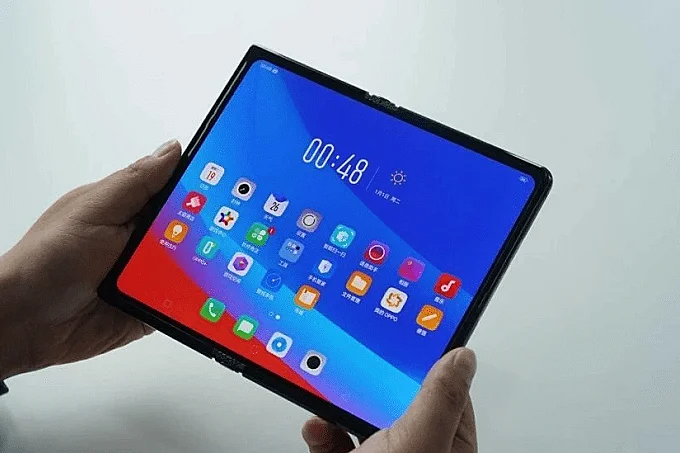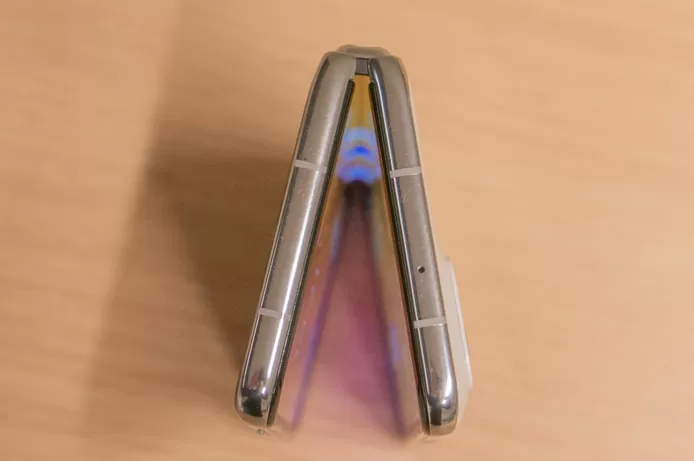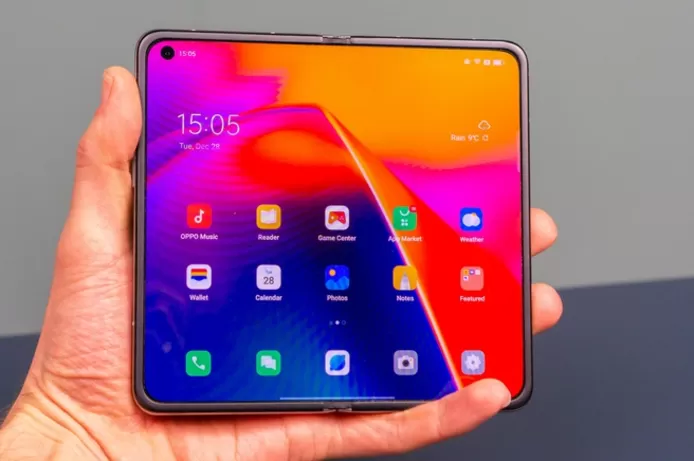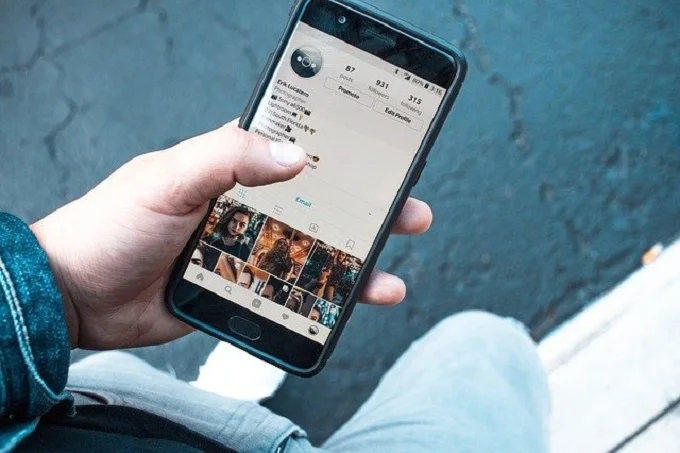Oppo foldable phone beats the Samsung’s folding phone

The famous smartphone brand Oppo releases its first folding phone – in China. With its modified size and better hinge, this ‘peacock’ improves on crucial aspects of competitor Samsung’s folding phone. Are we all going to fold (smartphones) in 2022?
Could you call Oppo the sneaky leader of the smartphone market? All together, sister brands Oppo, OnePlus, and Vivo account for about 66 million phones delivered this year. Competitor Samsung comes to 69 million. If the last Oppo sister brand, realme, sold more than 3 million units, this smartphone family is at the top.
Parent company BBK does not blow very hard about this. Still, some of that pride shines through in Oppo’s first foldable smartphone because it has the code name peacock.
The relatively small Find N, as it is officially called, is an interesting smartphone. Oppo could have copied Samsung’s homework, with its Galaxy Z Fold3. The Find N is much more compact: next to this folding phone, the Samsung seems like a strange bird.
This is not a full review. Oppo wants to circulate the phone to as many websites, magazines, and YouTubers as possible, so we’ve had limited time with this showpiece. For the time being, it will only be released in China and costs $1220 there.
A finer hinge
How do you fold the Oppo Find N? It is complex and simple at the same time. As with the flip phone Motorola Razr from 2019, Oppo has made room to fold the screen in the hinge. Samsung folds the screen as sharply as possible. For example, the smartphone maker can reinforce almost the entire screen with a metal backplate – but the phone does not close completely.

With Oppo, the screen is curved in the housing when the phone is folded, and the hinges are folded outwards. That seems to work out well in practice. You can see the fold but a lot less than with the Fold3. You also feel it less. The center of the screen is used as a gesture to split apps, so it’s important that it feels right there.
A mini laptop?
It remains to be seen how the hinge handles dust and gravel. Samsung added brushes to the hinges of its foldable smartphones to keep dust out of the housing. At Oppo, there is nothing to see.
The software is adapted to the strength of the hinge. The phone can stand upright between 50 and 120 degrees. That’s a lot of slack, and you could use it as a kind of ‘mini laptop’. It is, of course, a bit small for that, but it is possible to put the keyboard on the bottom screen and an app for typing at the top.
A few apps are made to work with it, but that is still limited. The camera, in particular benefits, because you have a built-in tripod for your phone.
Typing is better
The 18:9 screen of the Find N feels a lot more ‘normal’ than that of the Fold3 with its 25:9 screen. At 6.2 inches, that of the Fold3 seems larger than the 5.5-inch screen of the Find N, but they are not much different in surface area. In use, the screen of the Find N is much nicer. Typing is much better, and apps can handle 18:9 better, which is a much more normal ratio for a smartphone.
If you like to use two apps side by side on the large screen, you will be fine with both phones. Although the size difference across the screen is only 10 percent, the Find N does feel less tablet-like than a Fold3.
The screens on the inside are both equipped with Samsung’s Ultra-Thin Glass or UTG. That is a thin layer of glass to make the screen sturdier. On top of that, each phone has a layer of PET plastic. You could describe it as just short of glass; it doesn’t feel as sturdy and smooth as glass but is better than older foldable smartphones.

The Find N is its tripod
The other specifications of the Find N are a lot less important. If this phone comes out elsewhere, there is a chance that it is a slightly different model.
Starting with the cameras, the setup is quite common for a smartphone. It is only noticeable that there is no periscopic zoom camera, a choice that Samsung already made. There just isn’t much room for a large camera sensor.
The cameras are not exceptional. It has a primary sensor of 50mm², which is about average for a high-end Android phone from 2021. The ultra-wide and telephoto sensors are on the small side, presumably to limit the amount of space used for the cameras.
The Find N can use the rear cameras for selfies. After all, you can put the phone upright and then see the frame with the screen on the front. That is a big advantage: the primary camera is simply better than a selfie camera, and because of the shape, you have a built-in tripod. You would almost think that you no longer need a front camera, but they do exist. It’s about a camera on the outside and on the inside. They have a sensor with a resolution of 32 megapixels.
Memory and Storage
The Find N is late enough to release the Snapdragon 8 Gen 1, but Oppo opted for a Snapdragon 888 instead, presumably to get the phone on the shelves a little earlier. The Find N also has Android 11, while Android 12 has been out for a while.
Oppo adds, as befits a high-end model in 2021, 8 or 12 GB of memory, combined with 256 or 512 GB of non-expandable storage. That’s what you expect from a very expensive phone, and competing phones, including foldable ones, have that too.
Conclusion
Oppo has done many things better with its first foldable smartphone than Samsung with its third Fold. Especially the size and the aspect ratios stand out. Once you’ve seen the screen on the front of the Find N, the Fold 3 with its 25:9 display feels a bit comical. The proportion on the inside is also better. The convex hinge is also a good idea because the fold is less visible and palpable.
However, in the elaboration, there are still some things to be desired for when this phone comes out. Water and dust resistance would be nice. The hole in the screen for the camera is also not ideal. You may wonder if omitting the camera isn’t a better idea. Furthermore, there is already some software that makes use of the folding screen, but it is not much yet.
A foldable phone that only comes out in China is nice, but it’s only when it comes globally, under this brand or under another, that it can compete firmly with Samsung’s foldable smartphones. After all, as far as competition is concerned, it is better to have one folding smartphone in your hand than ten in China.



